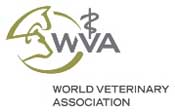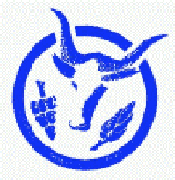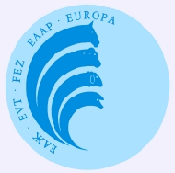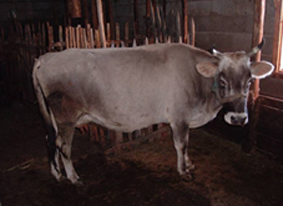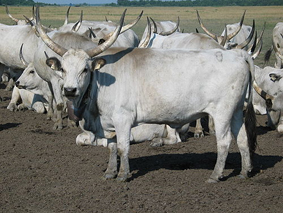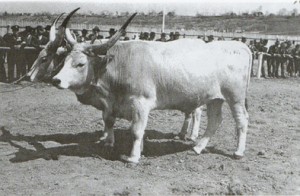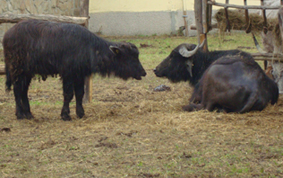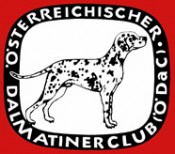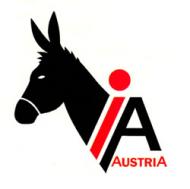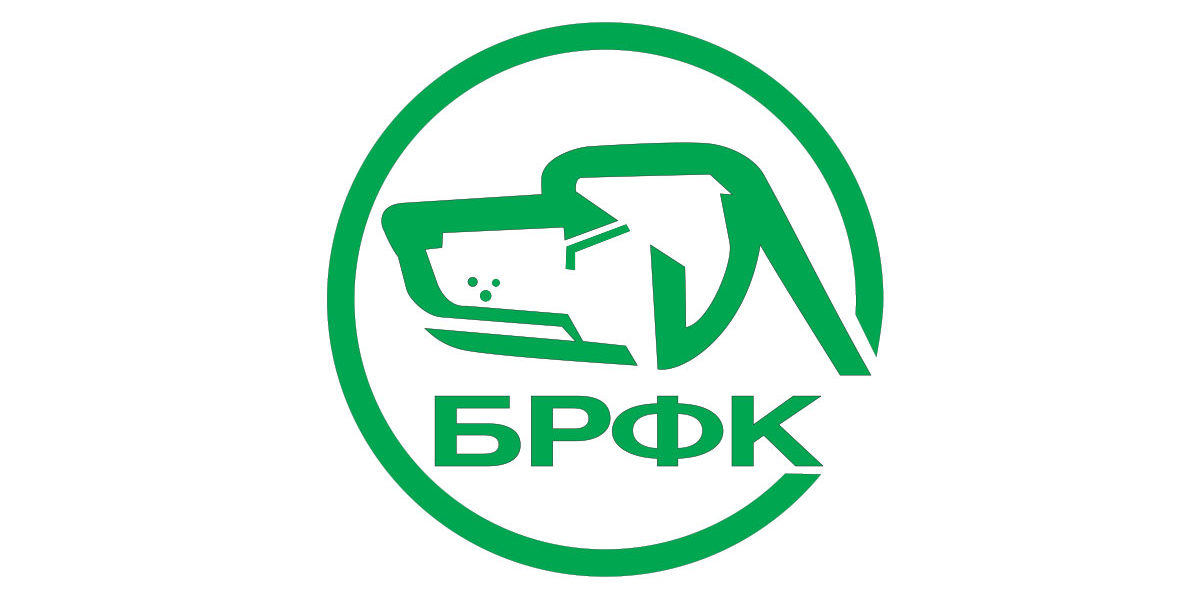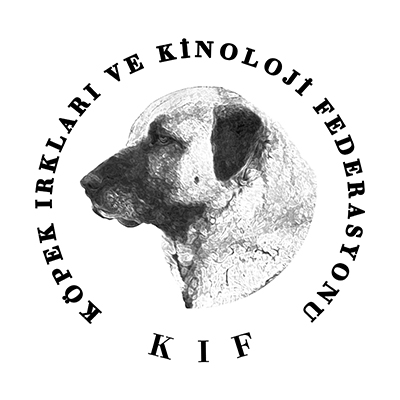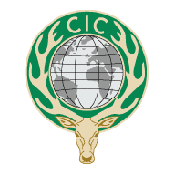Busa
The Busa belongs to the group of shorthorn cattle – Bos brachyeros europeus. It is also known as the Serbian mountain cattle or Illiric cattle. There are Busa and its crossbreeds in the undeveloped highlands and karst areas to the south from the rivers Sava and Danube. Once, the Busa was the most frequent breed of cattle in the Balkan Peninsula. It was used for work and in milk and meat production. There are many varieties of this breed, therefore there is a whole range of types.
Appearance and characteristics:
The Busa’s body is relatively small, from 39 to 43 inches (100- 110 cm) high at the withers. A cow weighs between 396 and 551 pounds (180- 250 kg) and a bull weighs around 661 pounds (300 kg). It has almost always solid colour varying from gray, brown, stripy (a folk name for a Busa covered in dense thin tiger stripes) and red to black with a streak on the back which differs from the basic colour. It can be yellow or grey. The Busa is characterized by a fawn muzzle, i.e. a dark pigmented mucous membrane encircled with light coloured hairs. The horns and hoofs are always dark in colour. The Busa is a late-maturing breed. Heifers mate for the first time when they are about 2 years old. Calves are small and after calving they weigh around 33 pounds (15 kg). The lactation period lasts 9 months and a cow produces around 1000 l. The amount of milk varies depending on the conditions of keeping and feeding so it could be up to 1500 l per head of cattle. It is characterized by a quite good fertility and disease resistance. During summer and winter, the Busa spends most of the time outside, either on pastures or enclosed fields, and it is closed in the stable only when it is extremely cold or during a storm. The food consists of pasture and browse and in winter mostly of straw and maize stalks. By improving the Busa breed and ameliorating of production properties, other breeds such as the Gatacko cattle were created.
Status: Endangered
Population in Serbia: 500-1000 specimens in 2009 (data source DD-IS FAO)
_______________________________________________________________________________________
Podolian cattle
The Podolian cattle (gray steppe cattle or podolac) are in the group of cattle which are domesticated during the migration – Bos europeus primigenius. It is a direct desendant of a European wild cattle – aurochs (Bosprimigenius Bojenus). In the past, these and similar cattle breeds were spread in the vast area from Russian steppes to the north Adriatic. They were kept in Podolia (hence the name), Volinia, Galicia, Hungary, Romania Bulgary, Serbia (Vojvodina) and Croatia (Slavonia). It was mainly used for work and less frequently in milk production and for fattening. There are many breeds.
Apperance and characteristics:
The Podolian head of cattle is large and of coarse constitution. It is high around 51 inches (130 cm) at the withers; large breeds can be up to around 55 inches (140 cm). Cows weigh between 881 and 1,322 pounds (400-600 kg) and bulls from 1,653 to 2,204 pounds (750-1000 kg). They are grey and grey-white in colour. The muzzle, horn tips and hoofs are always dark pigmented. A head of these cattle has extremely big horns in a shape of lyre, long up to 39 inches (1 m) and with a span even up to 59 inches (1.5 m).
They are late-maturing cattle. Heifers mate after two–two and a half years. The calf birth weight is between 39 and 88 pounds (18-40 kg). The lactation period is short and the amount of milk produced is small ranging from 700 to 1000 l. The amount of milk varies depending on conditions of keeping and nutrition. The Podolac was kept in the most extensive conditions. During summer, they graze on pastures where often, there is not much green grass from July an August, during drought years. After harvest, they can graze on cornfields and beet fields. The winter nutrition is even more meagre consisting most frequently of straw and corn stalks. The food grain is rarely added and it is usually given to a calved cow or to bulls before starting with works. The Podolac adjusted remarkably in such system of feeding and care. Other qualities characteristic of this breed are ability of adaptation to climate conditions, good fecundity, disease resistance and ability to compensate poor care and nutrition.
Status: Endangered
Population in Serbia: 500 specimens in 2009 (data source DAD-IS FAO)
_______________________________________________________________________________________
Kolubara cattle
The Kolubara cattle (Kolubarac) were widespread in North Serbia in the area around the Upper Kolubara River, in the Kolubara basin and in Macva. It is assumed that this breed was developed by the cross-breeding of the Busa and Podolia cattle in these areas. It is in the group of cattle domesticated during migration. It was used for work and older bulls were fattened up.
Appearance and characteristics:
This breed is a bit smaller in size than the Podolsko cattle. The average height at the withers is around 49 inches (125 cm). Cows weigh between 771 and 837 pounds (350-380 kg), whereas bulls weigh from 1,332 to 1,653 pounds (600-750 kg). They are grey, dark grey or grey-brown in colour. The muzzle, horn tips and hoofs are dark pigmented. Horns are big and quite long – almost up to 39 inches (1 m). This breed is a late-maturing one. Birth weight of calves is around 44 to 55 pounds (20- 25 kg). The amount of milk produced is small and it is 800 l in the lactation period. They were bred in quite extensive conditions with poor nutrition. They are characterized by good fertility and disease resistance. (Photo: Stočarski album Dragomira Grujića/Cattle Album by Dagomir Grujic).
Status: Unknown
Population in Serbia: 0-100 in 1993. (data source DAD-IS FAO)
_______________________________________________________________________________________
Serbian buffalo
It is assumed that buffaloes appeared in the Balkan Peninsula in the medieval period and that the Crusade warriors brought them. They adapted to cold climate and having spread around became naturalized in a few Balkan countries, as well as in the area of South and South-Eastern Serbia. Bulls in the area of Serbia and the Balkans belong to the Mediterranean type. They are used both for work and in dairy production.
Appearance and characteristics:
These animals are large; the minimal wither height of buffalo cows is 49 inches (125 cm) and buffaloes 53 inches (135 cm). Buffalo cows weigh between 1,102 and 1,212 pounds (500-550 kg) and buffaloes weigh between 1,322 and 1,543 pounds (600-700 kg). They are black in colour, white spots are rare. The head is narrow; the horns are strong and curved upwards and dark pigmented as well as their muzzle. Buffaloes are late-maturing; buffalo cows are ready for mating after they are two to two and a half years old, whereas buffaloes mate later. The average lifespan of a bull is from 20 to 25 years. The gravidity period lasts between 300 and 320 days and calves birth weight is around 88 pounds (40 kg) on average. In the period of lactation, the amount of produced milk is 1000 l. Milk contains a high milk fat percent –around 8%. (Photo: Milivoje Urošević)
Status: Endangered
Population in Serbia: 500-1000 specimens in 2009 (data source DAD-IS FAO)
_______________________________________________________________________________________

